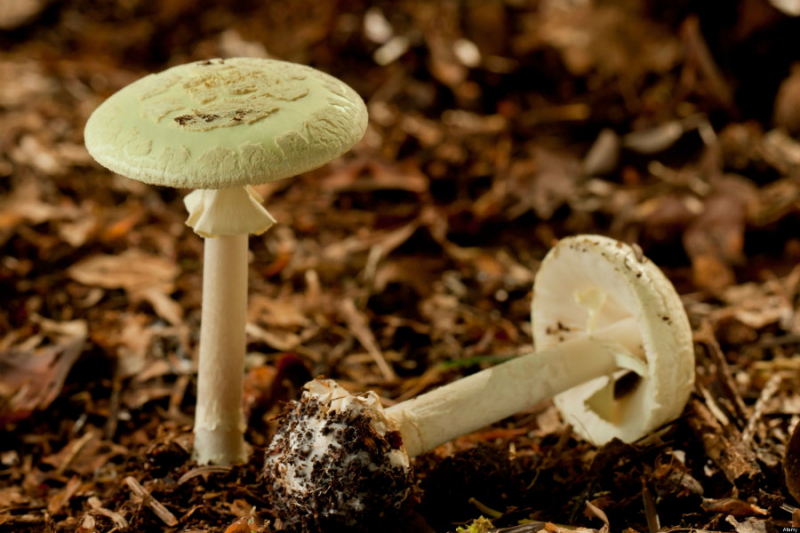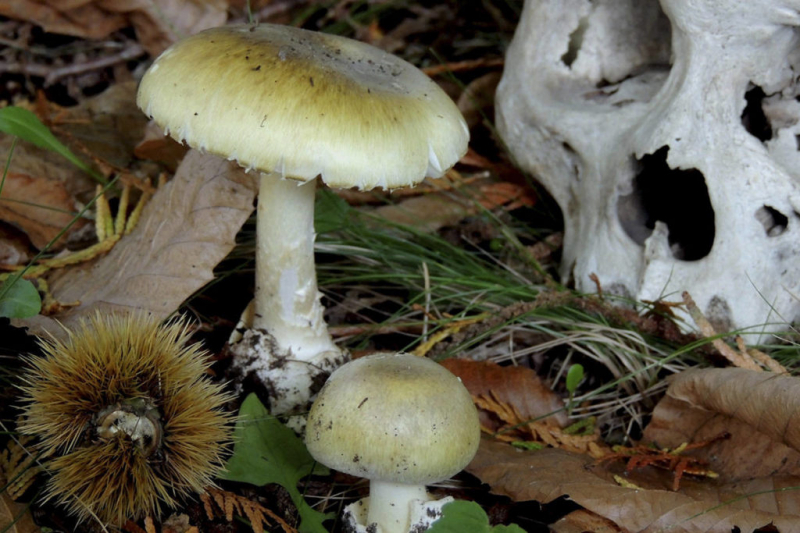Death caps
The dish that altered the course of European history, according to Voltaire, was death cap mushrooms in Catalan oil. Emperor Charles IV requested his go-to comfort food in 1740 when he was under pressure from political scheming, a financial crisis, and (on this crucial day) a cold. Normally, it was devoid of the poisonous mushrooms that had "accidentally" entered the area. Within hours, he became ill and was helpless. He passed away a month later.
The emperor, however, must have been unique because death caps frequently function more quickly. Only after the liver has been severely compromised, or 8–12 hours after intake, may symptoms such nausea, chills, and dizziness manifest. It's frequently too late by this time. The liver and kidneys both shut down within days, even though later symptoms like vomiting and diarrhea subside and people may start to feel better.
Aminitin is the poison responsible; one half of a cap contains enough of it to kill a person. Sadly, there is no recognized remedy for this. It has been employed in assassinations for millennia because of its delayed but almost guaranteed forecast of death. Emperor Claudius suffered this fate at the hands of his wife Agrippina in 54 AD, paving the path for her son Nero to succeed him.
It's a great weapon for yet another reason. Many people who have died from death caps claim that the mushroom is delicious. An emperor's taster would therefore not only survive the meal, but they would also highly praise it.









